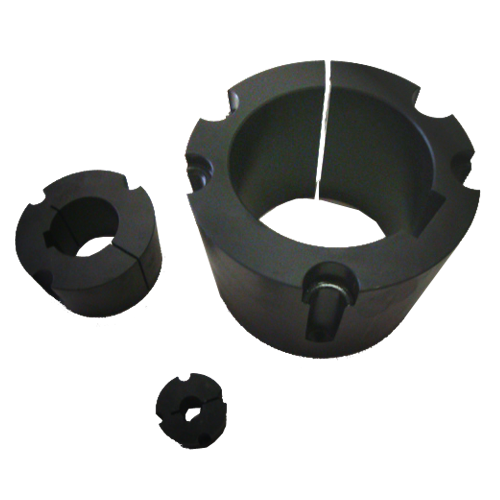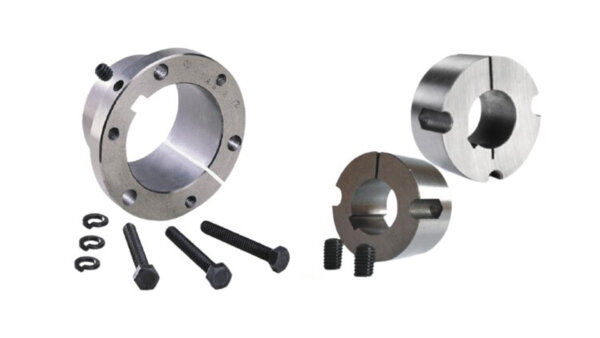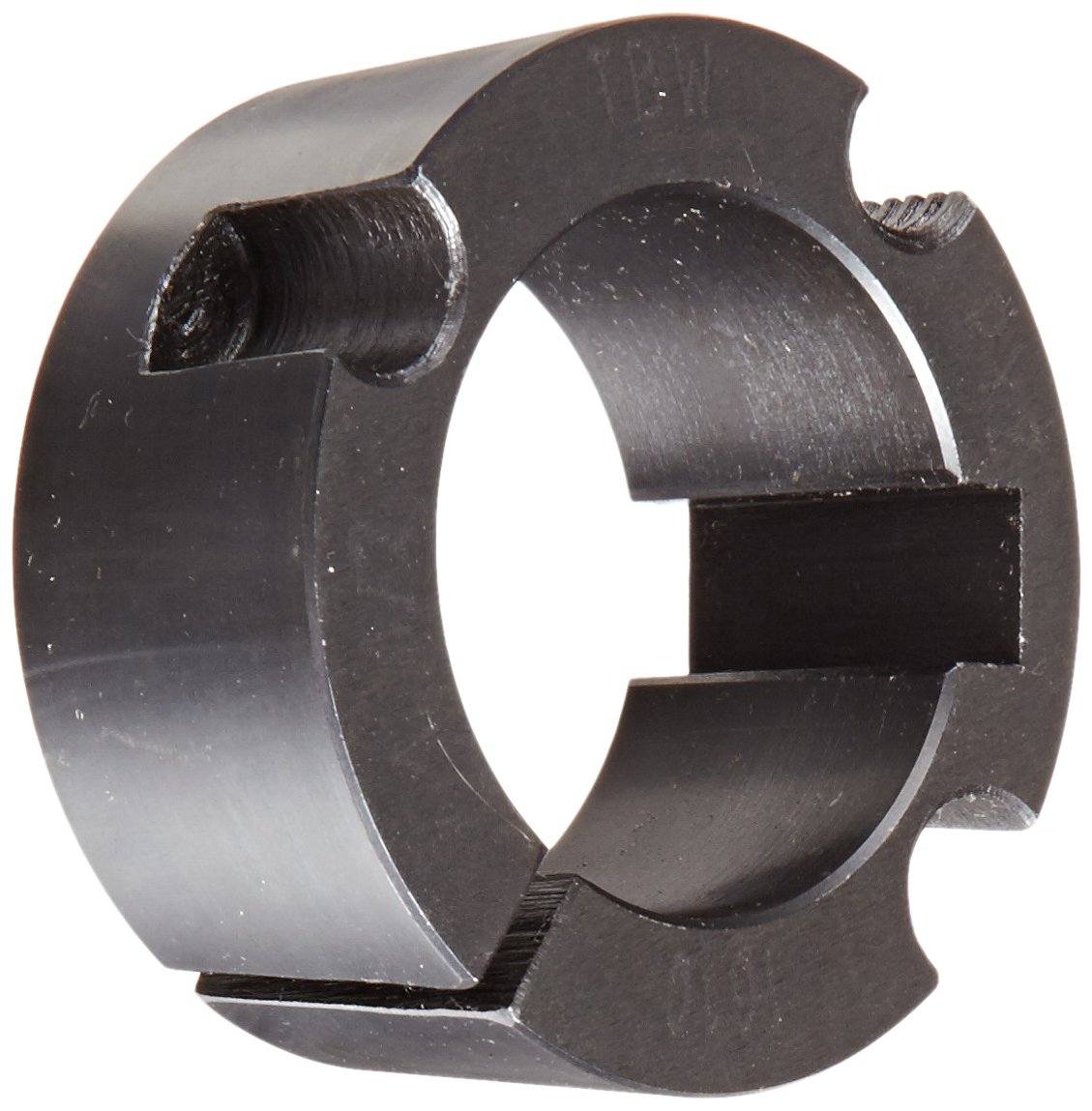Product Description
Product Description
Manufacturer Auto Spare Parts Car Suspension parts Electrical parts Body parts Engine parts and Accessories for CHINAMFG Vios Yaris Corolla Fortuner Hilux CHINAMFG Hiace LandCruiser Coster 4Runner Highlander Camry etc.
Specification:
Suspension System Parts
| Description | Control arm for CHINAMFG 4Runner FJCruiser LandCruiser Prado GX400 TRJ150… |
| OEM Number | 48654-60050 |
| For Car Model | For Toyota |
| Delivery Time | 1. 5-7days With Stock 2. 25-40days Mass Production |
| Payment | T/T , Western Union , Paypal , L/C , Cash |
| Shippment | DHL, Fedex,TNT,UPS, By Sea, By Air. |
| Warranty | 12 Months |
| Certificate | ISO9001,TS16949 |
| Package | Standard |
please:
If you are unsure about this part fitting your vehicle then please send us your vehicle reg or full chassis number so we can check and be sure before purchasing.
feel free to contact us to get more information about the products or the price.
Welcome to Consult.
FAQ:
1.Where is your company? Which parts do you mainly sell?
Q:Our company is located in HangZhou,ZheJiang Province,Specilized in CHINAMFG parts
2.How many kinds of products do you have?
A: We have more than 10000+ products for Engine/Suspension/Electrical/Body parts and accessories.
3.What’s the Warranty?
A:Mainly 12 months.
4.What’s the MOQ?
A:The MOQ corresponding to each product and it can be consulted.
| After-sales Service: | Yes |
|---|---|
| Warranty: | 12 Months |
| Material: | Stainless Steel |
| Samples: |
US$ 50/Piece
1 Piece(Min.Order) | Order Sample |
|---|
.shipping-cost-tm .tm-status-off{background: none;padding:0;color: #1470cc}
|
Shipping Cost:
Estimated freight per unit. |
about shipping cost and estimated delivery time. |
|---|
| Payment Method: |
|
|---|---|
|
Initial Payment Full Payment |
| Currency: | US$ |
|---|
| Return&refunds: | You can apply for a refund up to 30 days after receipt of the products. |
|---|

Are there guidelines for lubricating pulley bushings, and what lubricants are recommended?
Yes, there are guidelines for lubricating pulley bushings, and specific lubricants are recommended to ensure proper operation and longevity of the bushings. Here are some general guidelines and recommendations:
- Manufacturer’s Recommendations: The best source of information on lubricating pulley bushings is the manufacturer of the bushing itself. The manufacturer typically provides guidelines and recommendations regarding the lubrication requirements for their specific bushing products. These recommendations may be available in the product documentation, installation manuals, or technical specifications provided by the manufacturer. It is important to follow the manufacturer’s guidelines to ensure optimal performance.
- Cleanliness: Before lubricating pulley bushings, it is crucial to ensure that the bushings and the surrounding area are clean. Remove any dirt, debris, or old lubricant residues from the bushings and the shaft. Cleanliness helps to prevent contamination and ensures proper lubricant distribution.
- Lubricant Type: The choice of lubricant depends on factors such as the bushing material, operating conditions, temperature, and load. Common lubricant types used for pulley bushings include grease and oil. Grease is often preferred for its ability to provide long-lasting lubrication, while oil may be used for applications with high speeds or specific requirements. It is recommended to consult the manufacturer’s guidelines or contact them directly to determine the appropriate lubricant type for the specific bushing.
- Appropriate Lubricant Grade: Lubricants come in different grades or viscosities, and the appropriate grade depends on the operating conditions. Higher viscosities are generally suitable for heavy-duty applications or higher loads, while lower viscosities are used for lighter loads or high-speed applications. The manufacturer’s recommendations or technical documentation can provide guidance on the appropriate lubricant grade for the specific application.
- Lubrication Interval: Establishing a regular lubrication schedule is important to maintain optimal performance of pulley bushings. The lubrication interval depends on factors such as operating conditions, loads, and the type of lubricant used. Some bushings may require lubrication at specific time intervals or operating hours, while others may have longer intervals. The manufacturer’s recommendations should specify the appropriate lubrication interval.
- Proper Lubrication Method: Follow the recommended lubrication method provided by the bushing manufacturer. This may involve applying the lubricant directly to the bushing, using a grease gun or oiler, or following specific instructions for lubricant application. Proper lubrication method ensures effective distribution of the lubricant within the bushing and minimizes excess or inadequate lubrication.
It is important to note that different pulley bushing manufacturers may have specific lubrication requirements or recommendations. Therefore, consulting the manufacturer’s guidelines, product documentation, or contacting their technical support is crucial to ensure proper lubrication practices for the specific pulley bushings being used.

What are the temperature limits of pulley bushings, and how does it affect their performance?
The temperature limits of pulley bushings depend on various factors, including the materials used in their construction and the specific application requirements. Pulley bushings are typically designed to operate within certain temperature ranges to ensure their performance, durability, and longevity. Here’s an overview of the temperature limits and how they can affect the performance of pulley bushings:
- Material Compatibility: Different materials used in pulley bushings have varying temperature limits. Common bushing materials include metal alloys, plastics, and composite materials. Each material has its own thermal properties and can withstand different temperature ranges. It is important to consult the manufacturer’s documentation or specifications to determine the temperature limits of specific bushing materials.
- High-Temperature Performance: When pulley bushings are exposed to high temperatures beyond their recommended limits, it can lead to various performance issues. For instance, excessive heat can cause the bushing material to soften, deform, or lose its structural integrity. This can result in increased friction, accelerated wear, and reduced load-carrying capacity. Additionally, high temperatures can affect the lubrication properties of the bushing, causing lubricants to break down or evaporate more quickly, leading to inadequate lubrication and increased friction.
- Low-Temperature Performance: Similarly, extremely low temperatures can also impact the performance of pulley bushings. Some materials used in bushings may become brittle or less flexible in cold environments, which can increase the risk of cracking or failure under load. Cold temperatures can also affect the lubricant properties, causing it to thicken or become less effective in reducing friction. It is important to consider the minimum temperature limits of bushing materials to ensure their suitability for specific cold-temperature applications.
- Thermal Expansion: Temperature changes can cause materials to expand or contract. This phenomenon, known as thermal expansion, can affect the dimensional stability of pulley bushings. If the bushing material and the mating components have different coefficients of thermal expansion, significant temperature variations can lead to misalignment or interference between the bushing and the shaft. This can result in increased friction, wear, and potential damage to the bushing or the pulley system.
- Application Considerations: The temperature limits of pulley bushings should be considered in the context of the specific application requirements. Factors such as the operating environment, the presence of heat sources or cooling mechanisms, and the duration of exposure to extreme temperatures should be taken into account. In some cases, additional cooling measures or insulation may be necessary to protect the bushings and ensure optimal performance.
It is important to note that the temperature limits provided by bushing manufacturers are general guidelines, and the actual performance may vary depending on the specific conditions and application parameters. Consulting the manufacturer’s documentation, technical specifications, or contacting their customer support can provide more accurate information on the temperature limits and their impact on the performance of pulley bushings.

What are the key materials used in manufacturing pulley bushings and their advantages?
When it comes to manufacturing pulley bushings, various materials are used, each with its own advantages and suitability for specific applications. Here are some key materials commonly used in the manufacturing of pulley bushings and their advantages:
1. Bronze:
– Bronze is a popular material for pulley bushings due to its excellent durability and self-lubricating properties.
– Bronze bushings can withstand heavy loads and high temperatures, making them suitable for demanding applications.
– They have good resistance to corrosion and wear, making them long-lasting and requiring less maintenance.
2. Steel:
– Steel bushings offer high strength and durability, making them suitable for applications with heavy loads and high-speed operations.
– They have excellent wear resistance and can withstand harsh operating conditions.
– Steel bushings are often used in industrial applications where reliability and longevity are crucial.
3. Stainless Steel:
– Stainless steel bushings are highly resistant to corrosion and rust, making them ideal for outdoor or marine applications.
– They offer good strength and durability, making them suitable for various operating conditions.
– Stainless steel bushings are commonly used in food processing, pharmaceutical, and chemical industries where cleanliness and hygiene are essential.
4. Nylon:
– Nylon bushings are known for their low friction properties, making them self-lubricating and reducing the need for additional lubrication.
– They are lightweight and have good resistance to wear and abrasion.
– Nylon bushings are commonly used in applications where noise reduction and smooth operation are required, such as in office equipment or consumer appliances.
5. Delrin (Acetal):
– Delrin bushings offer low friction, excellent wear resistance, and dimensional stability.
– They have good strength and stiffness, making them suitable for applications with moderate loads and speeds.
– Delrin bushings are often used in automotive, electronics, and machinery industries.
It’s important to note that the choice of material for pulley bushings depends on factors such as the specific application, load requirements, operating conditions, and environmental factors. Different materials offer different advantages, and selecting the appropriate material ensures optimal performance, longevity, and reduced maintenance needs for the pulley system.


editor by CX 2023-11-03
